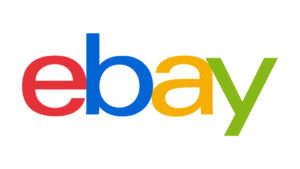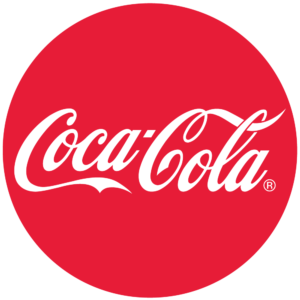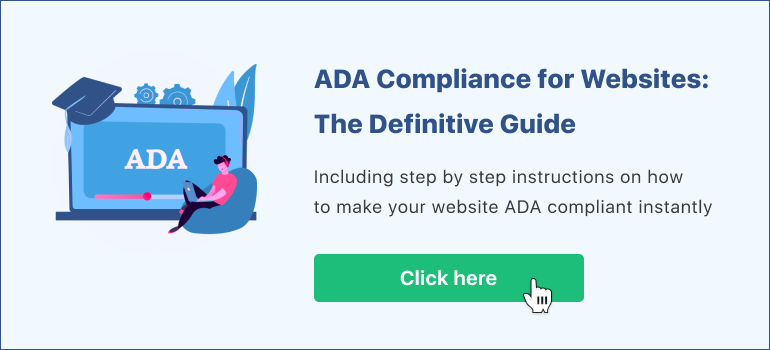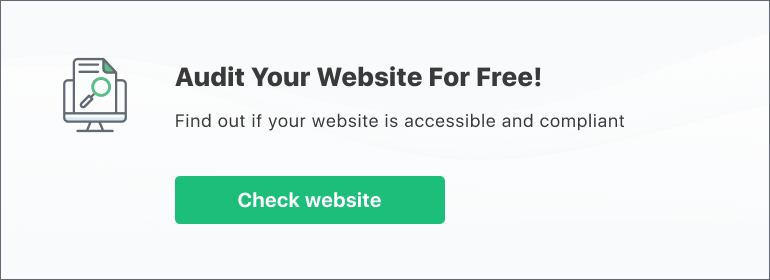accessiBe is a fully automated web accessibility solution that assists businesses in meeting ADA and WCAG compliance requirements. Thanks to its automated process that implements innovative AI technology, more costly, manual processes are now a thing of the past.
Three aspects of accessiBe’s offerings your business will love include:
- Certification: An accessibility statement and certification of performance
- Daily compliance monitoring includes re-scanning and updating or fixing accessibility issues, every 24 hours.
- Monthly compliance auditing: Receive an email detailing your professional compliance audit each month
Combine the monitoring services with practical automated solutions ranging from keyboard navigation for people with motor limitations to a glossary for people with cognitive disabilities, and your website will be operating at the highest compliance levels.
Companies like Oreo, Go-Pro, and Hilton have recognized the power of AccessiBe’s automated solutions and have made the leap to website compliance. But the company not only caters to large corporations; in fact, their goal is to help make the internet compliant by 2025. Small and large businesses alike will find the tools they need for achieving website compliance.
 ADA
ADA
 AODA
AODA
 EAA
EAA
 RGAA
RGAA
 WCAG (Websites)
WCAG (Websites)
 Documents
Documents
 Media
Media
 Mobile Apps
Mobile Apps
 Accessibility Checkers
Accessibility Checkers
 Shopify
Shopify
 Wordpress
Wordpress
 Wix
Wix
 Duda
Duda
 Joomla
Joomla
 Bigcommerce
Bigcommerce
 Real Estate
Real Estate
 Universities
Universities
 E- Commerce
E- Commerce
 BITV
BITV
 EQA
EQA
 Webflow
Webflow
 Elementor
Elementor
 Drupal
Drupal
 Weebly
Weebly
 Squarespace
Squarespace
 Website Accessibility Checker
Website Accessibility Checker
 Statement Generator
Statement Generator
 Color Contrast Checker
Color Contrast Checker
 PDF Accessibility Checker
PDF Accessibility Checker
 WCAG Master Guide
WCAG Master Guide
 Website Accessibility Tools
Website Accessibility Tools
 Reviews
Reviews
 Accessibility Legislation
Accessibility Legislation
 All Topics
All Topics
 Web Agencies
Web Agencies
 Accessibility Experts
Accessibility Experts
 All Role Models
All Role Models
 How to Apply
How to Apply
 Who We Are
Who We Are
 In the Press
In the Press
 Authors & Contributors
Authors & Contributors
 Contact Us
Contact Us
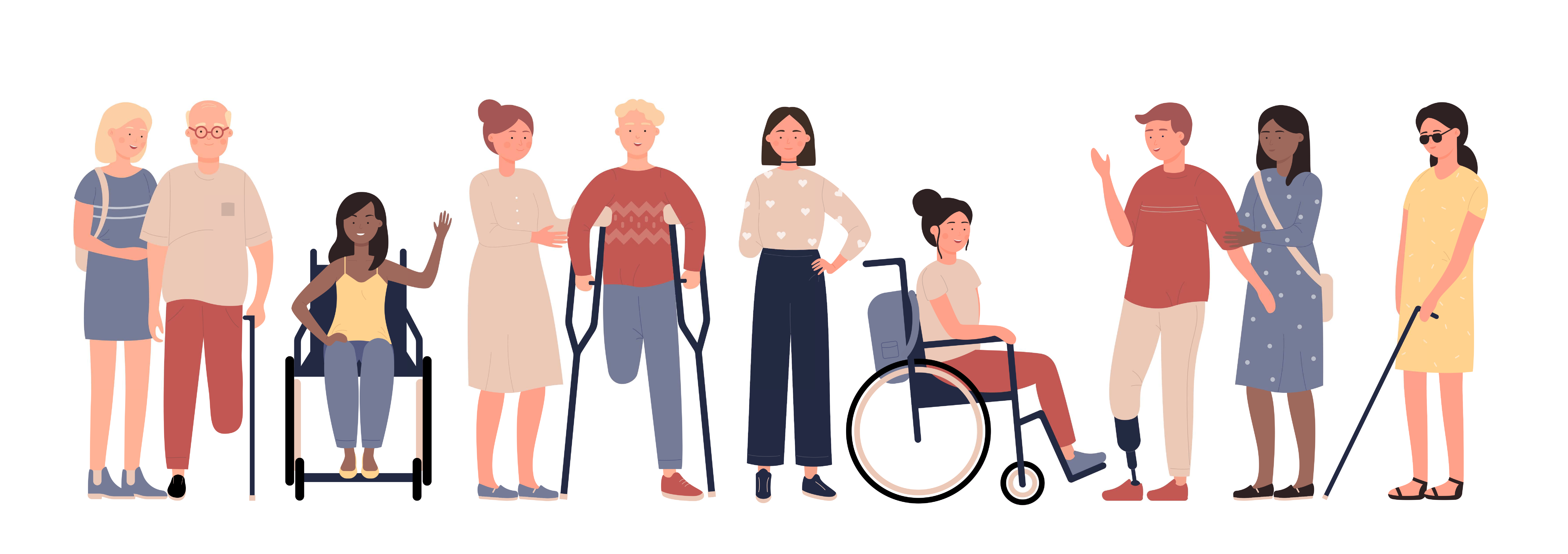



 Our #1 pick - accessiBe
Our #1 pick - accessiBe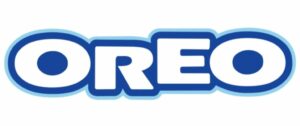

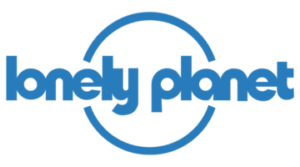
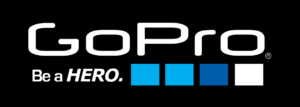
 UserWay
UserWay